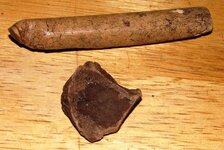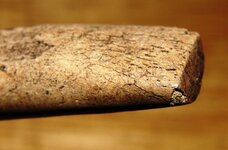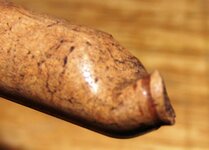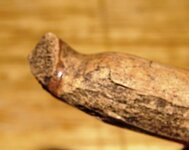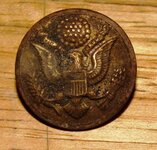aquanut
Bronze Member
Cornelius,
Are you going to bring the DBP 2010 with you when you come to Florida?
and... By the way, the Indian River is off limits for anything over 50 years old without permits.
Old man, we'll have to check it out again. The connection to the coil was bad when I last went there.
Aquanut
Are you going to bring the DBP 2010 with you when you come to Florida?
and... By the way, the Indian River is off limits for anything over 50 years old without permits.
Old man, we'll have to check it out again. The connection to the coil was bad when I last went there.
Aquanut



